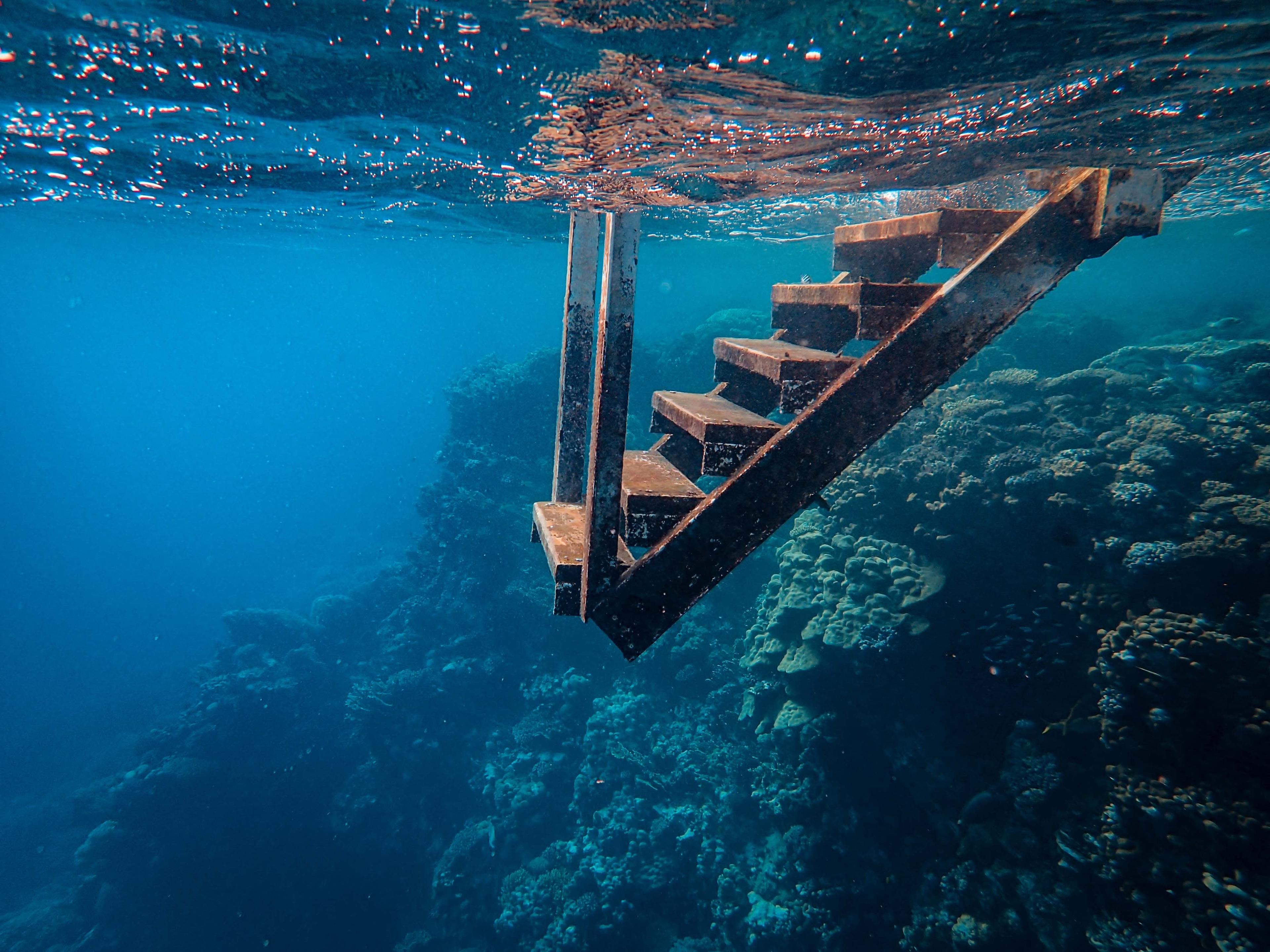Ocean Observing Prize: About Ocean Observing
Understanding Ocean Observing
Our oceans are a crucial asset: a precious habitat to millions of species, an essential source of food, a vital carbon sink, an enabler of trade, and a key determinant of environmental and human health. However, from tropical storms to hurricanes and tsunamis, our oceans also present a substantial threat to coastal communities.
Protecting our oceans, as well as the human lives onshore, will require innovation.
It is for this reason that the U.S. Department of Energy’s Water Power Technologies Office launched the Powering the Blue Economy™ initiative.

What Is the Blue Economy?
The World Bank defines the blue economy as “the sustainable use of ocean resources for economic growth, improved livelihoods, and jobs while preserving the health of ocean ecosystems.
This body of work seeks to understand the power requirements of emerging coastal and maritime markets and advance technologies that could integrate marine renewable energy to relieve these power constraints and enable sustainable growth of the blue economy.
The Ocean Observing Prize is just one of many programs supported by this initiative.
Tools of the Trade
Ocean observation is aided by a variety of instruments, platforms, tools, and technologies, such as:
- Autonomous underwater vehicles
- Buoyancy gliders
- Profiling floats
- Weather and drifter buoys
- Electronic tags on marine animals.
Two of the most-used ocean observation devices are maritime sensors and navigation aids. Maritime sensors monitor the ocean in near real time, improving our ability to understand and predict events, such as hurricanes, waves, sea level changes, and tsunamis.Navigation aids assist commercial and recreational ship traffic by marking areas of danger and zones for safe passage, which improves maritime safety by reducing the risk of collisions or groundings.
Though they vary significantly in terms of function, size, cost, and power consumption, these devices are alike in one regard: Nearly all of them rely on batteries for power—and batteries must be periodically recharged or replaced. For systems that operate far offshore or deep underwater for sustained periods, recharging a battery becomes a challenging and costly endeavor.
Such energy limitations force ocean scientists to make tough choices regarding what sensors they can host on a platform, how much data they can collect, how often they can communicate with the system or relay the data back to shore, and how often they must visit the device once deployed.
The ability to capture locally sourced ocean energy could be a game changer for the operation of ocean observing devices as well as for the field of ocean observation, expanding the length of time the instruments could stay at sea and the frequency with which they collect and transmit data back to shore.
Importance of Ocean Observation
The impact of ocean observation extends far beyond the coastlines: Life on this planet is inextricably intertwined with the health of our oceans. And much like all life on Earth, our oceans are threatened by the ravages of climate change.
Rising ocean temperatures carry major implications for food security and increase both the likelihood and intensity of hurricanes and dangerous tropical storms. Extreme weather events snarl international shipping logistics, further straining supply chains and inflating prices of necessary goods. And expanding atmospheric carbon dioxide is driving ocean acidification, threatening the viability of coral reefs and other life-sustaining organisms.

Ocean observation is crucial because it allows scientists to take the vital signs of our oceans. And a more thorough understanding of the oceans can allow us to safeguard both communities and ecosystems as well as meet expanding demands for ocean-derived food, materials, and energy.
Some of the benefits of ocean observation include advancements in the areas of:
- Safety: improve reliability in predicting the next Category 5 hurricane; augment accuracy of maritime navigation.
- Environment: enhance ecosystem management practices; support the sustainable harvest of fish and algae; protect coral reefs and endangered species; discover new species.
- Economy: identify future aquaculture sites; improve at-sea navigation, support the resiliency of coastal communities; and encourage the development of marine energy as a major sustainable power source.
- Human health: discover new medical treatments; maintain the safety and sustainability of food sources.